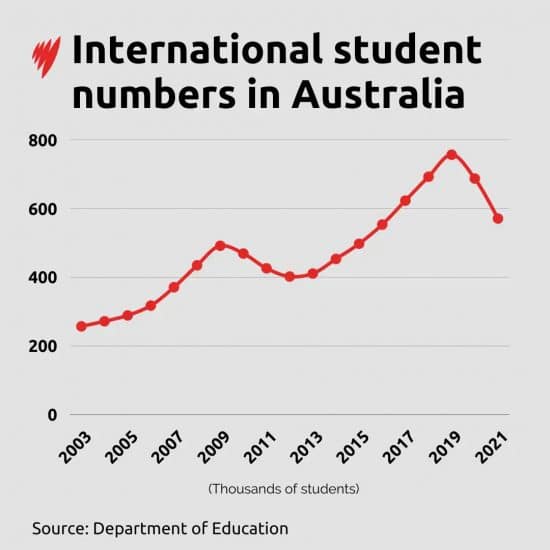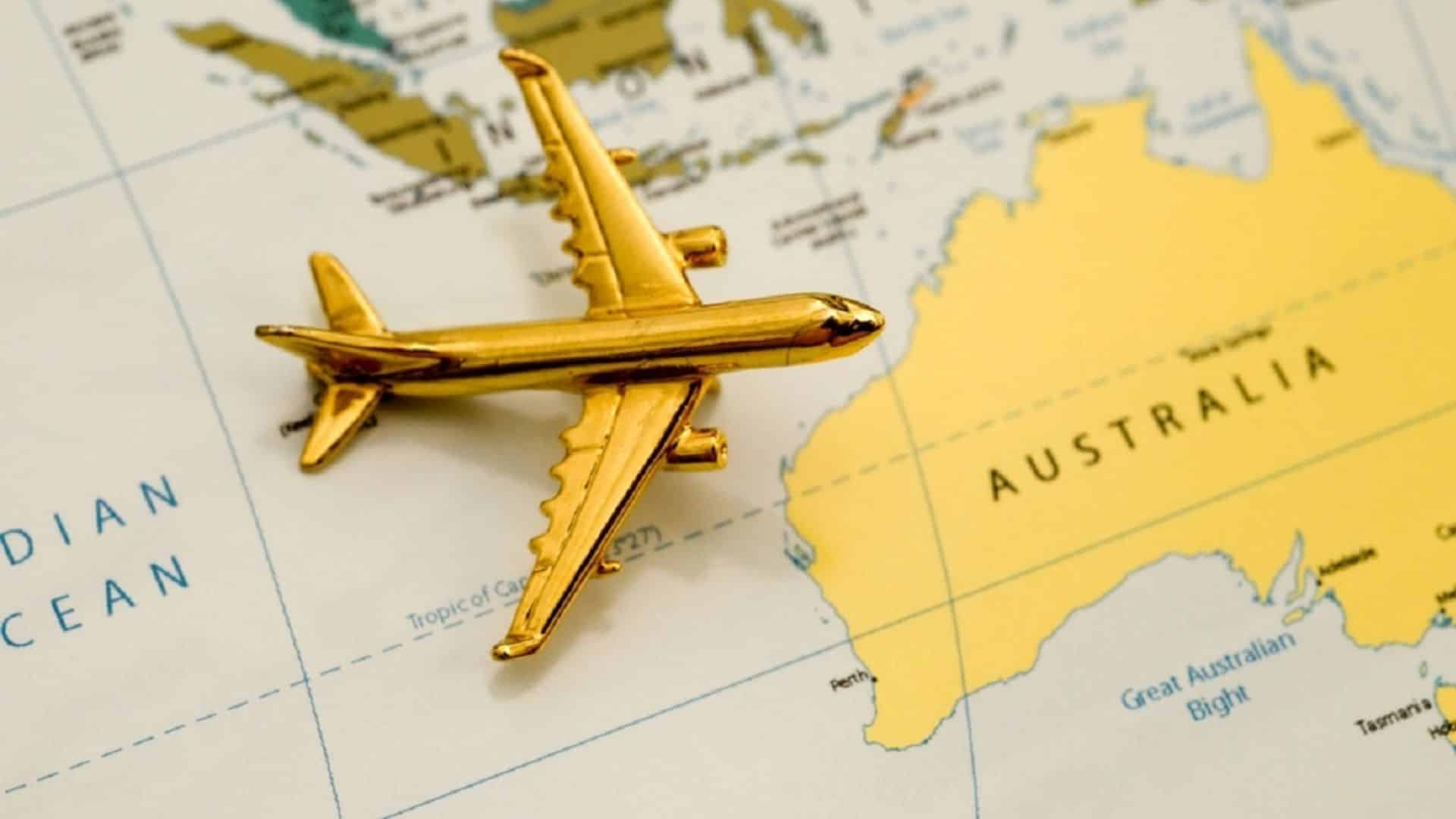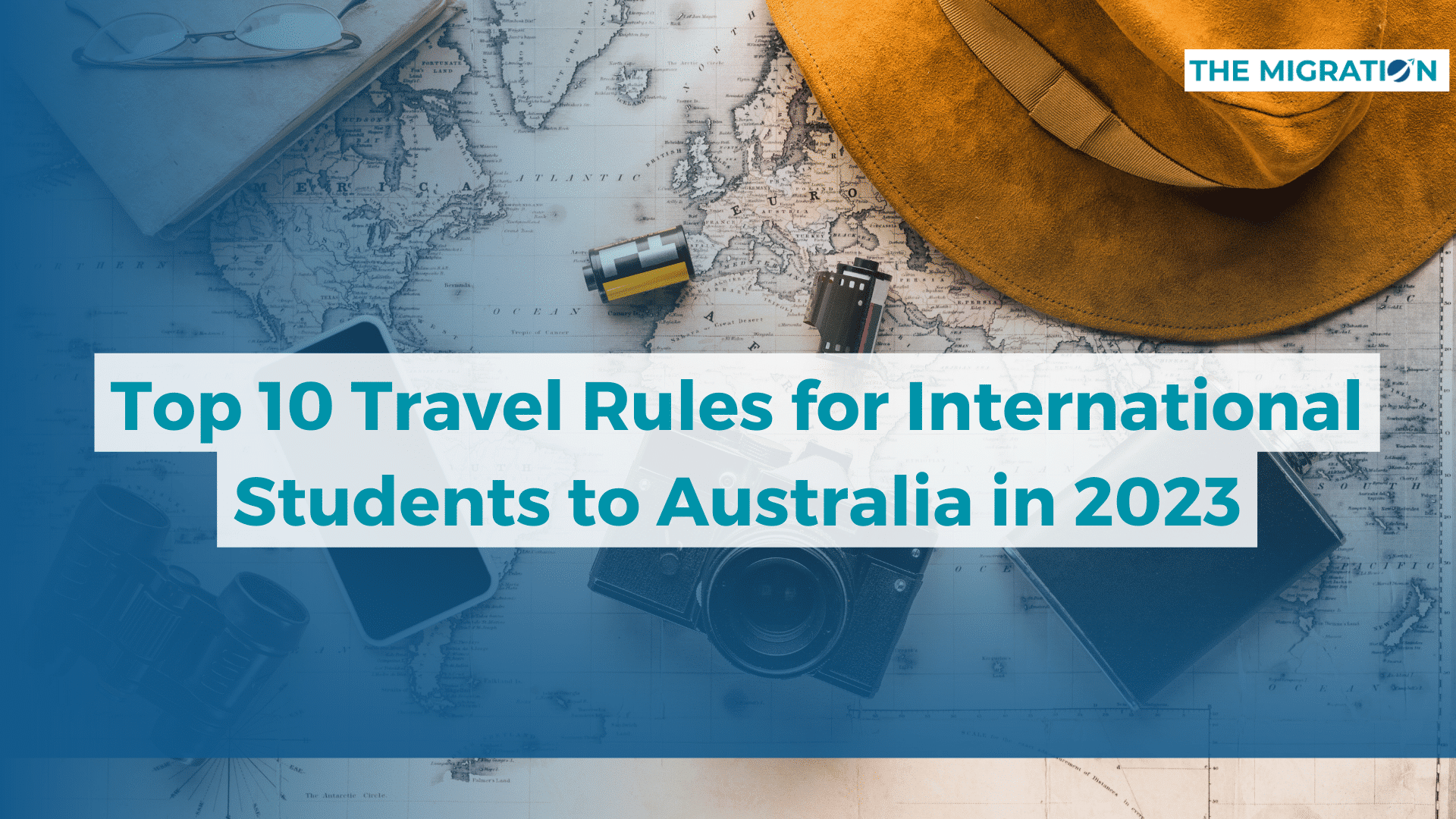In a recent report, it is warned that after the COVID-19 pandemic, migrants are returning to Australia in large numbers. Still, that border closures may have a negative impact on migration to Australia as well as Australia’s population, causing it to be older and smaller than expected.
A report released by the Center for Population on Friday highlighted Australia’s migration changes since the COVID-19 pandemic started. According to this report, it has been estimated that Australia will lose 500k migrants over the next four years as a result of the pandemic.
Words of Jim Chalmers on Migration to Australia
Australia continues to experience “crippling” labor and skill shortages, which have been made worse by the COVID-19 pandemic and “a decade of migration policy disarray and low investment in skills and training” during the previous administration, according to Treasurer Jim Chalmers.
Jim Chalmers said,
Australia’s migration settings need to be sustainable, serve Australia’s national interest, and not be a substitute for training and building the capacity of our domestic workforce.
Key Takeaways for Future Migration to Australia
Let’s look closely at the key takeaways for future migration to Australia.
1. Population Growth Slowed by Pandemic
Australia’s population is older and smaller than anticipated due to COVID-19. Due to travel restrictions, international migration fell to record lows in 2020–21. Australia lost 85,000 people during this time, marking the first net migration fall since World War II.
Even though there are signs of improvement, Australia will still lose 473k migrants due to the epidemic by 2025–2026.
Words of Angela Knox
Given Australia’s reliance on foreign labor, migration expert Angela Knox of the University of Sydney called the estimates “worrying.” She claimed that part of the fall was Australia’s choice not to support foreign employees during the pandemic financially.
She said
So in large part, what has played out has been inevitable, and it has been the result of the policy.
She continued,
They told these migrant workers that they should go home, which is what many of those workers did. Those who decided to stay went through tough times have become much warier of government, and much more wary of the opportunities on offer to them.
2. Migration to Australia Returning to Pre-COVID levels
No surprise, the reopening of the border resulted in a sharp increase in the number of migrants arriving. During 2021–22, Australia’s net migration is estimated to have grown by approximately 150k people due to the return of vaccinated tourist visas, skilled worker visas, and student visa holders starting in late 2021.
When 235k net arrivals were anticipated in 2022–2023, it is expected to rise even further. That represents a return to pre-pandemic levels, which the research predicts will last for some time.
However, Professor Knox advised against depending on forecasts excessively.
She further said,
What we have seen as a result of the pandemic is that you won’t necessarily have a sufficient supply of migrant workers to meet the targeted migration rates.
3. Significant Boost in Student Migration to Australia
The increase is driven by a “solid recovery” in the arrival of international students. Due to the epidemic, students compelled to study online take advantage of in-person instruction by flocking to Australia.
122k new international students came to the country between December 2021 and October 2022. However, the report acknowledges that student arrivals are “sensitive” to Australia establishing a foothold in the cutthroat international market and represent “both positive and downside” risks. Additionally, they will be influenced by the limitations in their home countries and the accessibility of online education.
The graph above shows an illustration of international students’ yearly intake.

Image credits: SBS News.
It states that Australian students who stayed in the nation throughout the pandemic might also decide to depart. The Australian government initially started limiting travel from mainland China in February 2020, a country that supplied more than a third of the country’s foreign student intake in the previous year. Many of these people were stranded abroad due to this situation.
The following month, the border and the migration to Australia were utterly closed to all visitors. Despite numerous requests for exceptions from the university sector, student arrivals were practically nonexistent for a few months in the middle of 2021 due to these stringent limitations.
Government Scrambles to Plug Migration Gaps
In addition to increasing skilled migration to Australia from 160k to 195k per year, Labor is also doing a more comprehensive review of the system to make it easier and more efficient. It has also acknowledged that temporary migration may be required to fulfill an electoral promise to offer all elderly citizens access to a registered nurse around-the-clock.
However, Mr. Chalmers emphasized Labor’s pledges to expand TAFE financing and lower childcare costs as “not the only answers” to Australia’s dire skills and labor shortages.
Professor Knox cautioned that a sizable portion of the labor population, including women, disadvantaged employees, and older and younger workers, still needs to be more employed and utilized.
Professor Knox said,
We need to be shoring up sustainable employment opportunities for those workers, as well as keeping an eye on rates of migration.
Final Words
The pandemic has adversely affected migration to Australia, and as a result, the population balance of Australia is disturbed. As a result, it is observed that the border closure led to Australia’s population becoming older and smaller. The government wants to tackle this issue to create a balance between the people.
During 2022-23, it is anticipated that there will be a further increase in net population arrivals, reaching 235k. In other words, migration to Australia is returning to the pre-pandemic levels. Get in touch with our experienced migration agents or browse our website to learn more about migration to Australia and the latest updates and trends.
Related Articles
- 5 Key Benefits of Consulting an Immigration Agent to Move to Australia
- Extension of Work Hours for International Students to Ease COVID Worker Shortage
- Skilled Workers Prioritized Amid Backlog in Australia of Almost 1 Million Visas!
I’m Nasir Nawaz. I’m a registered migration consultant in Australia. I am based in Sydney. I’ve studied Master of Laws at the University of New South Wales. I’m providing immigration services for several years.
Consult with me for legal advice on Australian visas to permanently live, study, and work in Australia.











